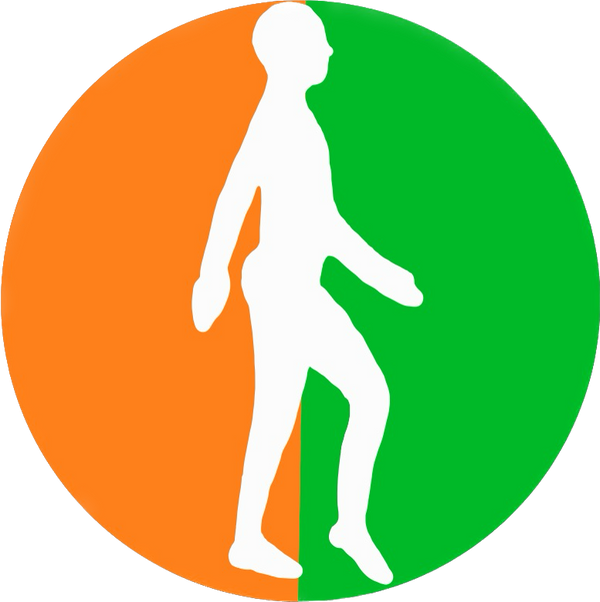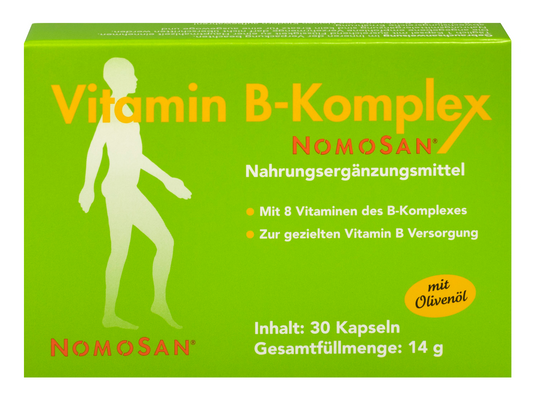Turmeric, a spice used for centuries, has gained increased attention in both the scientific and culinary worlds in recent years. The main interest is its active ingredient curcumin, a polyphenol that offers numerous potential health benefits. This blog post highlights the role of turmeric and curcumin in supporting health.
Turmeric and its traditional use
Turmeric (Curcuma longa) belongs to the ginger family and has been used in traditional medicine for thousands of years, especially in Asian countries. It is used in Ayurvedic and Unani medicine to treat liver problems, jaundice, ulcers and inflammation. It is also used to treat numerous other ailments such as coughs, colds, dental problems, indigestion and skin infections.
Curcumin: The main active ingredient
Curcumin is the primary polyphenol in turmeric and is responsible for the spice's yellow color. It is known for its antioxidant and anti-inflammatory properties that may help support health. Many of the positive effects of turmeric are attributed to the properties of curcumin.
Oxidative and inflammatory conditions
Curcumin has the potential to help regulate oxidative and inflammatory processes. This is particularly relevant in chronic diseases such as metabolic syndrome, arthritis, anxiety and hyperlipidemia. It has also been shown to reduce the inflammation and muscle pain caused by physical activity, promoting recovery and performance in active people.
bioavailability of curcumin
One challenge with taking curcumin is its low bioavailability, that is, its ability to be absorbed and utilized in the body after ingestion. Curcumin is rapidly metabolized and eliminated, which limits its effectiveness. However, studies have shown that combining curcumin with piperine, the active component of black pepper, can increase bioavailability by up to 2000%. This combination allows for better utilization of the health benefits of curcumin.
support for general health
Turmeric and curcumin may also benefit people without diagnosed health problems. In relatively low doses, curcumin may support overall health by promoting antioxidant and anti-inflammatory processes in the body. This could be particularly useful for people who want to improve their overall health and well-being without resorting to pharmacological interventions.
Turmeric in different cultures
Turmeric is used in various forms around the world, not only as a spice in cooking, but also in cosmetics and as a dietary supplement. In India it is traditionally used in curries, in Japan it is served as a tea and in the USA it is found in mustard sauces, cheese, butter and chips. In addition, curcumin is available in capsule form, as tablets, in energy drinks, soaps and cosmetics.
Safety and Dosage
Curcumin has been classified as Generally Recognized As Safe (GRAS) by the U.S. Food and Drug Administration (FDA). Studies show that it is well tolerated at doses of 4,000 to 8,000 mg per day. Higher doses of up to 12,000 mg per day have also been well tolerated, indicating a broad safety profile.
conclusion
Turmeric, particularly its active ingredient curcumin, offers numerous potential health benefits. Although the bioavailability of curcumin is challenging, this can be greatly improved by combining it with piperine. Regular consumption of turmeric, either through food or as a supplement, could therefore help support overall health. However, more research is needed to fully understand the full potential of curcumin in disease prevention and treatment.
Sources:
- Curcumin: A Review of Its' Effects on Human Health - PMC (nih.gov)
- Curcumin: A Review of Its Effects on Human Health - PubMed (nih.gov)
- Curcumin Supplementation and Human Disease: A Scoping Review of Clinical Trials - PubMed (nih.gov)
Our vegetable soup with chickpeas and red beans is a perfect recipe to incorporate the spice turmeric into your diet.
Here you can find the recipe: Vegetable soup with chickpeas and red beans - perfect for colds - Nomosan Nutraceuticals

